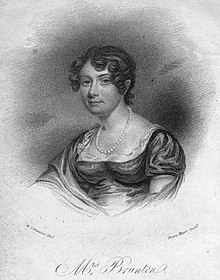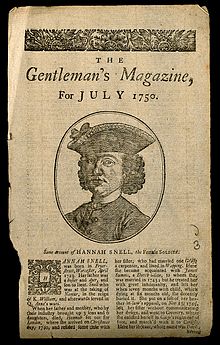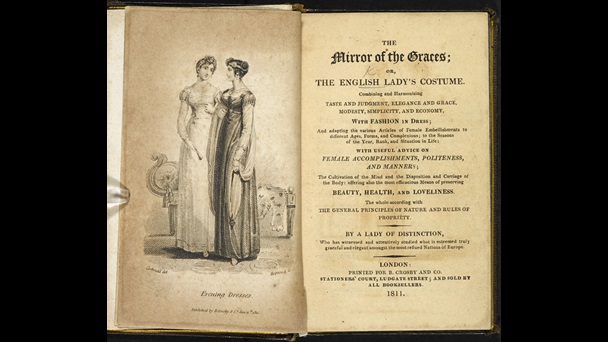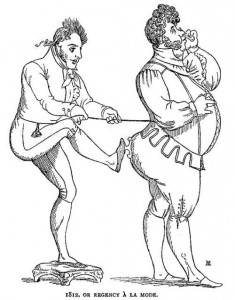[reprinted here with the kind permission of The Jane Austen Centre, celebrating Bath’s most famous resident and reporting the latest Austen-related news. ]
If Mary Brunton’s name rings any bells, you are most likely thinking of this quote from Jane Austen:
I am looking over Self Control again, & my opinion is confirmed of its’ being an excellently-meant, elegantly-written Work, without anything of Nature or Probability in it. I declare I do not know whether Laura’s passage down the American River, is not the most natural, possible, every-day thing she ever does.
The alleged lack of ‘Nature or Probability’ has since cast a long shadow on Brunton’s work:
 in fact, it seems to have become the accepted critical opinion, so much so that Brunton tends to be accused of faults she did not even have. Before I read Self-Control (1811) and Discipline(1814), I therefore assumed the novels were over-the-top in a wildly sentimental, Gothic fashion. (Several academic texts and reference works I’ve since looked at operate under the same illusion, which is making me wonder whether most academics actually read the books they write about.) I really should have paid more attention to the titles – whoever would give a sentimental potboiler such a forbidding title as Self-Control? (more…)
in fact, it seems to have become the accepted critical opinion, so much so that Brunton tends to be accused of faults she did not even have. Before I read Self-Control (1811) and Discipline(1814), I therefore assumed the novels were over-the-top in a wildly sentimental, Gothic fashion. (Several academic texts and reference works I’ve since looked at operate under the same illusion, which is making me wonder whether most academics actually read the books they write about.) I really should have paid more attention to the titles – whoever would give a sentimental potboiler such a forbidding title as Self-Control? (more…)





 This curiousity was none other than Hannah Snell, subject of
This curiousity was none other than Hannah Snell, subject of 


